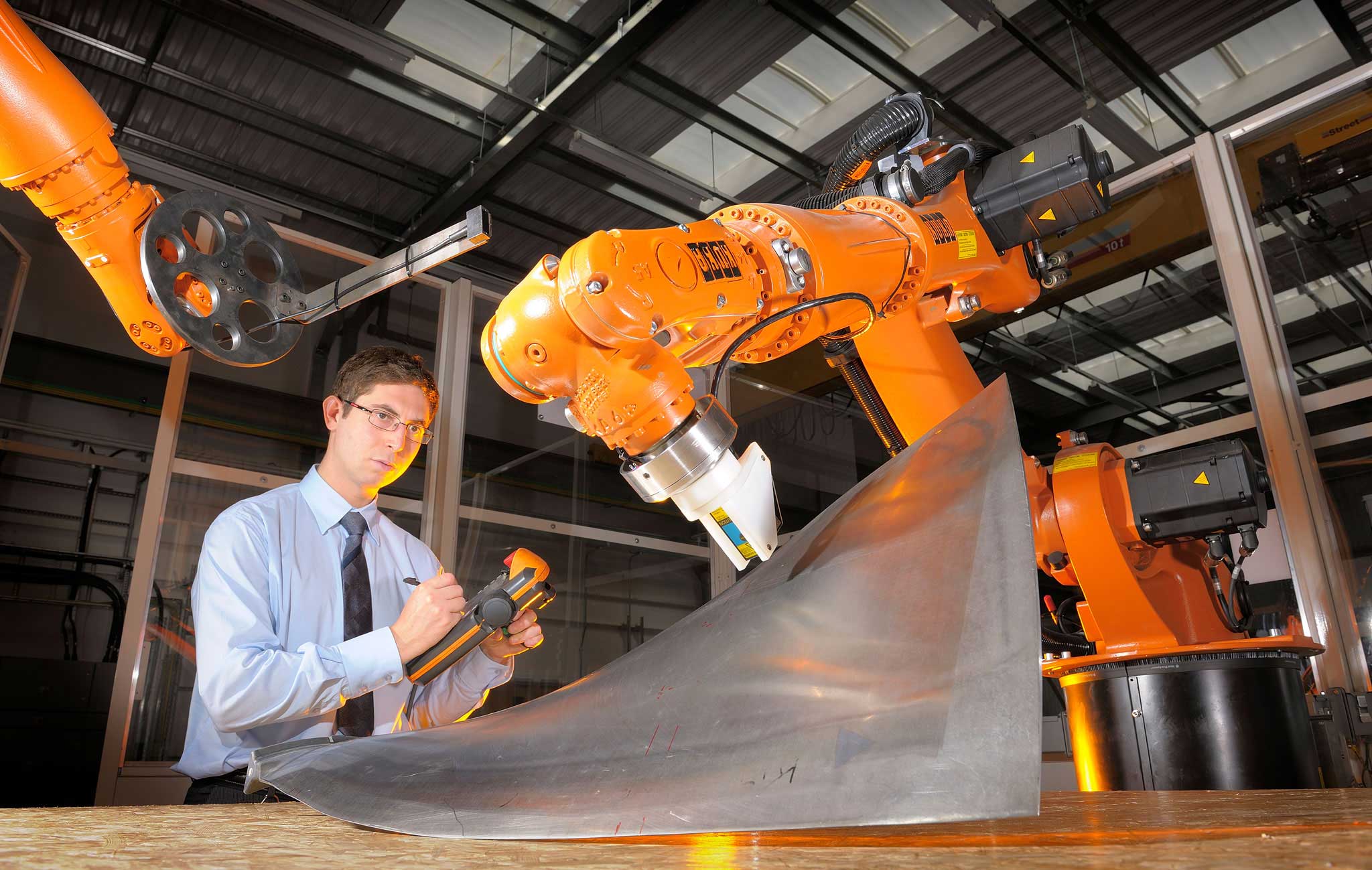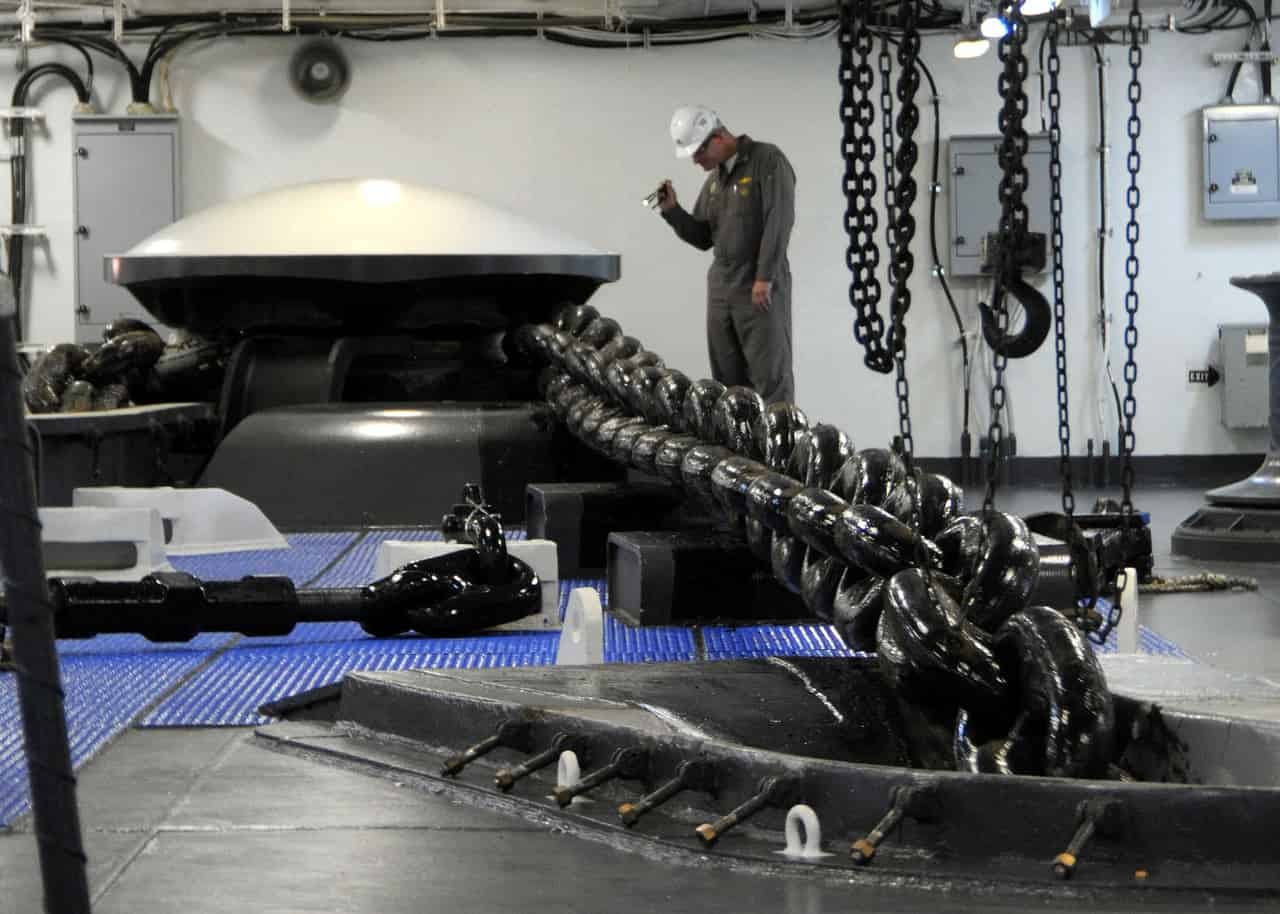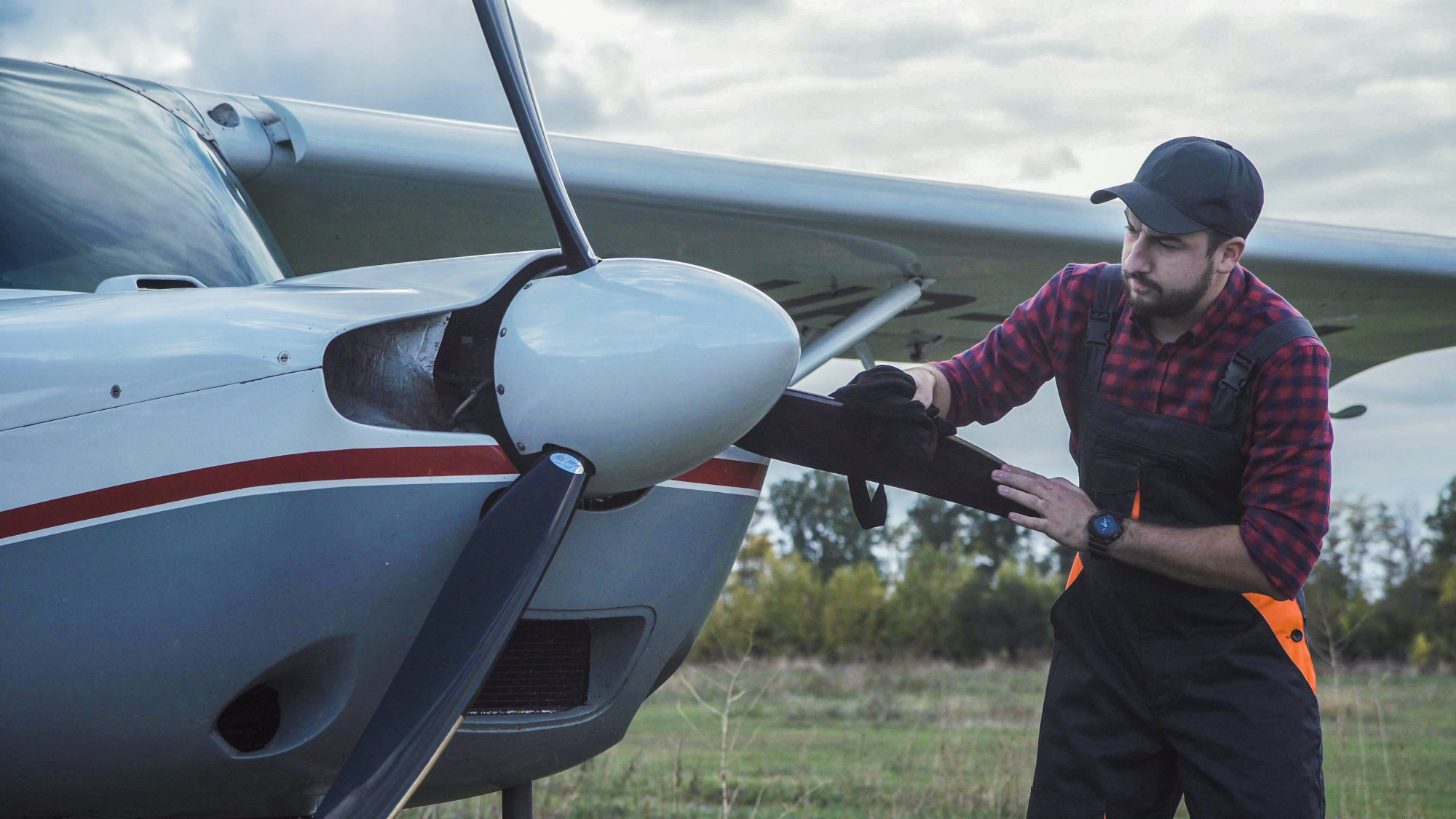Aircraft Ultrasonic Inspection - After April 17 Following the failure of the CFM56-7B engine on the Southwest Airlines flight and the release of the FAA's Airworthiness Directive (AD), approximately 500 CFM experts from GE and Safran are undertaking what GE describes as an "aggressive inspection program". We support the affected airlines. To date, more than 78,000 knives have been tested using ultrasound and other non-destructive testing (NDT).
According to GE Aviation media relations manager Rick Kennedy, affected airlines are now 100% in compliance with the 20-day inspection requirement, and more than 50% of the 20,000 cycle inspections have been completed.
Aircraft Ultrasonic Inspection

During inspection, an ultrasonic probe along the blade surface of the CFM56-7B engine. Ultrasonic inspection (UT) equipment uses high-frequency pulses of acoustic energy to detect surface and subsurface defects, including cracks, corrosion and delamination, based on how sound waves are reflected.
High Tech X Rays For Plane Maintenance Is Limited
Kennedy states that if any defect is found during these tests, the blades are subjected to an eddy current test. This type of inspection uses a coil to apply an electromagnetic field to a conductive material, such as metal, and detects defects by interrupting the electromagnetic field. Kennedy says that many blades are resolved after eddy current testing, but blades that are still susceptible to cracking are subjected to additional testing to better understand potential problems that may arise after the blade is disassembled and analyzed. It may take several months to get full results from these knives.
So why is UT chosen for such an inspection over other conventional NDT methods such as penetration testing and magnetic particle testing? In particular, UT is classified as a volumetric technology capable of detecting defects in a component rather than on its surface. Additionally, NDT techniques such as penetration and magnetic particle testing can be time-consuming and complex, with limited results.
Nevertheless, UT itself has differences. According to Zetec, which provides equipment, software, training and support for UT and other NDT techniques, there are significant differences between standard UT and phased array UT. A standard UT, very common in the aerospace industry, uses a probe that can generate and receive a single ultrasonic sound wave.
"It's very easy to install, but the downside is that there is one ultrasound beam that goes in one direction," says Daniel Richard, Zetec's technical manager. Richard says that imperfections and flaws can be detected if they are in the direction the inspector is looking, but they can be easily missed if they are not in a specific location. "You have to plan ahead where you're going to look. Phased arrays allow you to look at multiple angles at once."
Joramco, Testia Launch Updated Ndt Test Tool
Phased-array UTs, which use multiple individual probe elements to create precise beam shapes and create 2D and 3D images of the defect, can provide greater speed and accuracy. Zetec says this type of UT can provide significant advantages for inspecting complex geometries, such as engine fan blades, and increase the likelihood of defect detection. But phased-array UTs can be significantly more expensive, so Richard said companies sometimes opt for standard UTs when it comes to cost options.
However, Zetec says that phased arrays are becoming more widely used because of their advantages. According to Richard, examples such as the CFM56-7B situation could be a catalyst for the transition to phased arrays. "People may want to move away from a standard UT and use a more expensive but more powerful solution that covers a larger field of view and can find faults," he says.
In general, the experience required for UT inspections can present unique challenges. According to Walter Chan, business and technology development manager at M1 Composites Technology, these inspections can only be performed by licensed NDT technicians. Technicians must hold a Level II NDT license (including Level I-III licenses) to perform ultrasonic testing. Chan says this requirement often means companies hire licensed NDT technicians to perform these inspections instead of hiring their own.

According to Kennedy, many large airlines are well-equipped with ultrasound, but smaller operations need help. “Small operators rely on GE and Safran for support, so our team can move quickly from operator to operator,” he says. “CFM is very fortunate because the major ultrasound probe suppliers have redundant kits to perform this function.
Ndi Helps Keep Older Aircraft In The Air > Air Education And Training Command > Article Display
Kennedy added that the biggest challenge is not this field survey per se, but tracking down and identifying the oldest field knives. "If the airline doesn't know the history of the cyclic blade, it's verifiable, so that was the biggest challenge."
FAA May 16 a change in airworthiness guidelines mandates preference for fan bladed engines that have completed more than 20,000 cycles to be inspected by June 30. Kennedy says this review is to ensure the oldest blades are used first. Inspections of the remaining engines must be completed by August 31.
The CFM56-7B probe recently brought ultrasonic testing to the forefront of aviation, but why is ultrasound used versus other non-destructive testing methods and how exactly does it work? Learn more about our test progress so far, what makes it ideal for testing engine fan blades, and what ultrasound trends the experts predict for the near future.
Lindsay Bjerregaard is Aviation Week's MRO portfolio editor. Her coverage focuses on MRO technology, people, product and service news from the Aviation Week Marketplace and Inside MRO. The first step towards wing-bending testing of Boom's XB-1 supersonic demonstrator has been successfully completed in the hangar. The team used a hand-held ultrasound machine in RSflite to look at the XB-1's wing structure, capture images and identify defects. After wing bending tests scheduled for 2020 At the start, these "before" images will be compared to the "after" images to look for anomalies, debris, and invisible damage beneath the surface.
Senior Airman Austin Aldridge, 23d Maintenance Squadron Non Destructive Inspection (ndi) Specialist, Aligns Film On An X Ray Machine, May 2, 2018, At Moody Air Force Base, Ga. Ndi Technicians Use Various Methods To
The ultimate goal of wing flex testing is to apply the wing to the maximum expected load similar to flight conditions to verify that the wing performs as expected while verifying that the load does not cause damage.
After testing the XB-1's wing flex, an inspection map was created using ultrasound to detect subsurface damage.
This non-destructive testing method (NDI), known as ultrasonic testing, does not require the destruction or cutting of parts for evaluation. It also provides greater accuracy and rendering than conventional methods. Ultrasonic inspection provides the ability to acoustically "see" both conventional aluminum laminates and carbon fiber composites. It has been used in aircraft manufacturing for many years.

NDI (also known as NDT or Non-Destructive Testing) is primarily designed to verify that a product has been manufactured correctly and according to specifications. Check for unacceptable internal defects. However, NDI does not address the actual strength or function of the structure. After completing the XB-1 wing bending test, we created a complete inspection map that could detect subsurface damage.
Digital Holography Systems Dh 8000
Do you know? In addition to aviation, NDIs are used in industries including electronics, power generation, and oil and gas.
In 2022 December 26 / Companies in 2022 Boom Supersonic Year in Review 2022 August 15 / Careers How Boom Supersonic team members nurtured their passion for aviation in 2022 June 17 / The future of design mobility is exciting
Copyright © 2022 Boom Supersonic. All rights reserved. Except as otherwise expressly permitted, no images or other content displayed on this website may be copied, reprinted, reprinted, modified or distributed in any form without the express written permission of the copyright holder. All rights reserved. Except as otherwise expressly permitted, no images or other content displayed on this website may be copied, reprinted, reprinted, modified or distributed in any form without the express written permission of the copyright holder. Safety is the single most important factor in space. industry. Failures can have far-reaching consequences. Some of the errors may be due to simple human error, but the numbers are worrying because a small flaw went unnoticed and became the last mistake. Aircraft NDT inspection is not about ensuring compliance and minimizing downtime, but about detecting discontinuities that could lead to disaster.
For this reason, we have a number of solutions to quickly and accurately test various aircraft components. More traditional methods have given way to complex and sophisticated techniques capable of examining even the deepest layers of material. When these tools are in the hands of skilled operators, it's much easier to spot minor flaws before they become major failure points.
Ndi Helps Keep Older Aircraft In The Air > 33rd Fighter Wing > Article Display
Safety should always be the primary focus of aircraft inspections, but most directors want these inspections to be done quickly and cost-effectively. Obstacles arise from the fact that aircraft NDT testing presents challenges that are unique to the industry. These challenges include:
There are various solutions to satisfy them all.
Aircraft inspection, ultrasonic inspection of welds, ultrasonic pipeline inspection, ultrasonic rail inspection, phased array ultrasonic inspection, laser ultrasonic inspection, ultrasonic inspection equipment, ultrasonic inspection services, ultrasonic inspection, ultrasonic ndt inspection, ultrasonic pipe inspection, ultrasonic electrical inspection
0 Comments